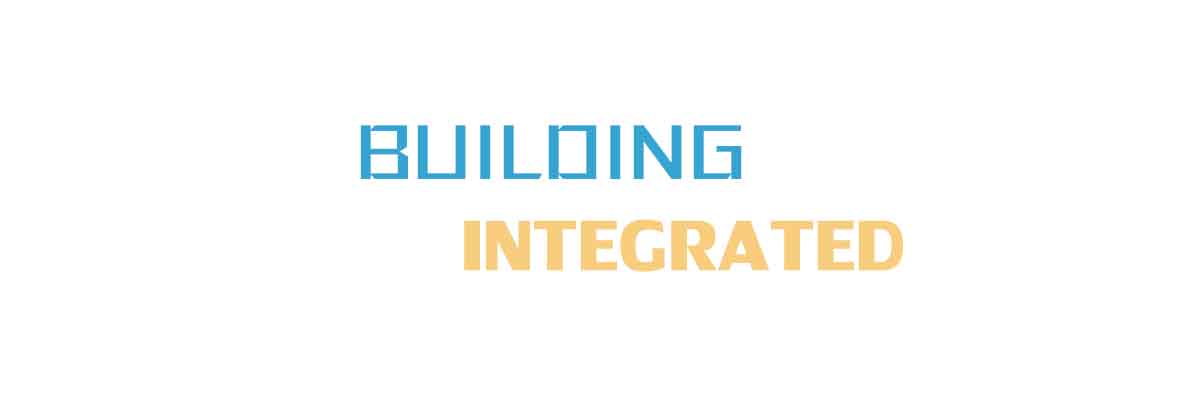Choosing the right label printer is essential for anyone looking to craft their own labels and barcodes. This allows for customization and efficiency, significantly speeding up the process compared to outsourcing to professionals. While in-house printing is perfect for small batches, it's wise to consult with label makers for bulk orders to benefit from reduced pricing.
For more information, visit cncvicut.
The applications for barcode labels are vast, serving as pricing tags, tracking identifiers, or product labels. To effectively manage in-house printing, you will require:
- A printer
- Ink ribbons
- Appropriate labels
- Label design software such as Nicelabel
In this article, we will explore the three critical questions you should consider before selecting a label printer:
- What type of printing do you need for your self-adhesive labels?
- What will be the intended use of the printer?
- What dimensions will your labels be?
For further exploration of available printers, check our curated selection on the SBE Direct website.
What type of printing do you need for your self-adhesive labels?
Label printers come equipped with various printing technologies. The four primary methods for printing barcode labels include:
- Thermal transfer: This method employs heat to transfer ink from the ribbon to the label material.
- Direct thermal: Here, no ink ribbon is required due to a thermal print head that causes the treated paper to blacken upon contact with heat.
- Inkjet printing: Using ink cartridges, inkjet printing is mainly utilized for color labels.
- Laser printing: Similar to inkjet but uses colored powders and a laser to bond the ink to the substrate.
At SBE, we focus exclusively on thermal transfer and direct thermal printers due to their superior print quality and adhesion, especially on synthetic labels, which we also stock.
With an understanding of printing methods, determine which best fits your needs:
- For short-term labels, opt for direct thermal printers.
- For long-term labels, consider thermal transfer printers.
After choosing your print type, you can compare our self-adhesive label printers. If uncertain about your printing choice, consider printers that offer both thermal transfer and direct thermal capabilities.
What will be the intended use of the printer?
Label printers can be categorized into three distinct classes based on their usage:
- Industrial printers: These are robust, durable units engineered for tough environments, making them perfect for tracking items and materials in industrial settings.
- Desktop printers: Compact and versatile, these are suitable for printing shipping and identification labels in an office environment.
- Portable printers: Lightweight and self-sufficient, they don't require a PC connection, ideal for on-the-go labeling.
Our industrial printers include CL4NX Plus, SQUIX 2, and SQUIX 4. Office printers consist of models like the SATO CT4-LX, WS4, and CG2, while the PV3 serves as our portable option.
To differentiate between printer types, I suggest referring to our article on selecting the right label printer.
What dimensions will your labels be?
Choosing a label printer also involves considering the dimensions of the labels you'll be printing. Not all printers can accommodate every label size.
Below is a chart illustrating the maximum label widths supported by select printers:
- Sato WS4: 104mm
- SATO CG2: 56mm
- Sato PV3: 104mm
- Sato CT4-LX: 128mm
- Sato CL4NX Plus: 104mm
- CAB MACH 4S: (203dpi) 104mm - (300dpi) 108.4mm - (600dpi) 105.7mm
- Cab EOS2 or EOS5: 108mm for 203dpi and 105.7mm for 300dpi
- Cab SQUIX4: (203dpi) 104mm - (300dpi) 108.4mm - (600dpi) 105.7mm
- Cab SQUIX 2: (300dpi) 56.9mm - (600dpi) 54.1mm
For a complete in-house printing system, don't forget to explore our range of ink ribbons and labels including polypropylene, polyester, destructible, and VOID labels.
Recommended article:
Ultimate Guide to UV Laser Tag Engraving
If you need more details, please visit roll label printer.
We also recommend using transparent inventory label protectors to enhance the longevity of your labels at a minimal cost!


Comments
All Comments (0)